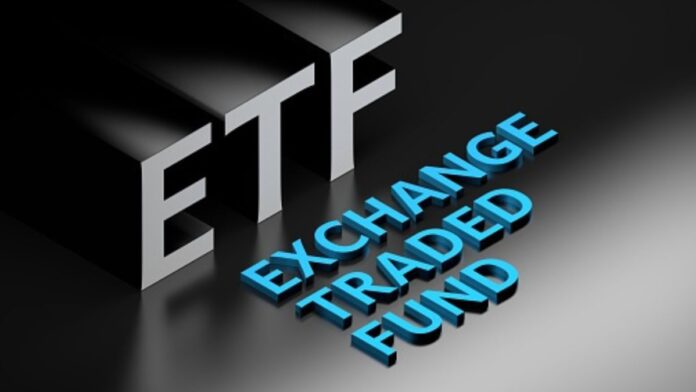Assets under management (AUM) in passive funds like Exchange Traded funds or ETF and Index Funds have grown at a phenomenal rate over the last few years and ETF is now the largest mutual fund category (source: AMFI, as on 31st May 2022). While a very large part of Exchange Traded fund AUM is from institutional investors e.g. EPFO, the retail and HNI mutual fund investors in passive funds have also been growing at a fast pace.
Benefits of investing in ETFs
- ETFs invest in a basket of securities which tracks a market index e.g. Sensex, Nifty etc. Weights of securities in the fund mirror the weights of the constituents in the index. Opposite to actively managed mutual funds, a passive mutual fund does not target to beat the market index.
- Fund managers of actively managed mutual fund schemes aim to surpass the market benchmark index return. In order to do so, the fund manager of active mutual funds will have to be overweight or underweight on certain stocks in the index. This results in unsystematic i.e. stock or sector specific risks. While the aim of taking unsystematic risk is to create alpha i.e. outperform the market benchmark index, it can also, at times, result in underperformance. Unsystematic risk is an additional risk in investment over and above market risks. There is no unsystematic risk in ETF. They are only subject to market risks. In other words, while actively managed mutual fund schemes are subject to market and unsystematic risks (stock / sector specific risks), ETF are subject only to market risks. Hence overall risk is much lower in Exchange Traded funds.
- Total Expense ratios (TER) of ETFs are much lower than actively managed mutual funds. TERs are adjusted in mutual fund NAV and hence have an impact on returns. The fund manager of an active fund will have to generate significant alphas on a consistent basis to match the returns of ETFs tracking the same benchmark index. Suppose the TER of an active mutual fund is 2%, while that of an Exchange Traded fund tracking the same index is 0.25%. This difference in costs implies that the active fund will have to consistently beat the benchmark by at least 1.75% to match the performance of the ETF. Over long investment horizons, lower costs may result in considerably higher returns due to the compounding effect.
- Fund managers may have human biases which may reflect in mutual fund investment performance. Moreover, the fund manager of an active mutual fund can change for a variety of reasons, other than performance. This can affect the returns of the mutual fund schemes. There are virtually no human biases in ETF because they aim to mirror the performance of the market index.
- Most market benchmark indexes which Exchange Traded fund track are market capitalization weighted. In market cap weighted indexes, underperforming stocks get lower weightage and outperforming ones get higher weightages. Naturally such Exchange Traded funds also have lower allocations to underperformers and higher allocation to outperformers.
Retail and HNI AUM in passive mutual funds (of which Exchange Traded funds are the largest component) have grown at more than 40% on a year on year basis as on 31st May 2022 (source: AMFI), despite significant market correction. Here, we have discussed the benefits of investing in Exchange Traded Funds. Investors should consult with their financial advisors, if ETFs are suitable for their investment needs.









